First of all, there are a few things to consider. Creating a playground is not as simple as just driving to a vacant lot, throwing a few two by sixes and a swing up and calling it a play area. Every play space is different, and all children are differently abled. So you will want different elements and components specific to the needs of the children who will use the area as well as having an area suitable for the needs of the playground.
When choosing the area, make sure it is a safe location, as far from traffic as possible. Don’t forget to consider fencing the area to keep loose balls in check and uninvited visitors out. You will also want to keep your playground away from areas with things such as deep water, poisonous plants that always seem to look more interesting to children than other foliage and things such as transformers. If you wouldn’t let children play on it, you don’t want it near your playground.
Do your research. It’s important to research your project from all aspects and know as much about the decisions that will need to be made as possible. You have location, fundraising, equipment choices, safety concerns, and maintenance to plan for. If this seems daunting, take a deep breath and continue. It has been proven time and time again that this can be done.
You might find that the playgrounds that have come to be in the shortest amount of time have had the most help. This means utilizing committees and assigning tasks to people you know either have expertise in this area or could get the job done.
When everyone does his part, it makes it happen that much faster.
Case in point: an article in the October issue of Today’s Playground about a Habitat for Humanity playground build in Michigan. They got everyone who would use the playground and who had any type of interest in the project involved to make it happen. They accepted help from companies, community volunteers, and the playground manufacturer, Jennings of Michigan, a Park Structures distributor, as well. Everyone did his part and made it work. It’s amazing what a group of people can accomplish. Some might think having many people involved just gives that much more chance for some ideas to be pushed by the wayside or maybe puts too many minds in the mix. Hopefully, you’re not thinking that. Really--the more involved in the process, the merrier.
You want to have a committee of individuals representing all groups involved. You will want children to give their input as to what they would like to play on, and parents to let you know what they would like to see or not like to see their children utilizing. School and/or parks and rec officials would ideally know what would be age, safety and developmentally appropriate for the children and could help decide on a location. Others would include leaders of fundraising efforts, maybe city council representatives, and experienced installers if possible.
There may be others who would have a stake in the project either as end users or providers of materials. Try to think of everyone who could possibly be involved and would be able to give valuable input. You want to cover all the pluses and minuses you might encounter from start to finish. By using a committee, hopefully, these will all come up in discussion. Make sure safety issues do come up. It is imperative that you have chosen a safe location and equipment.
Everything from fundraising to installation can be volunteer work, and what a sense of ownership and unity a community can gain from this. You have heard that not all of us get to enjoy the shade from the tree we plant ourselves. This is an exception. The community can have a sense of pride and ownership for the project they helped complete. Get everyone you can involved.
Pick up as many catalogs of play equipment that would be suitable for your needs as you can. You want to know your options, and there is a great variety out there. Don’t be afraid to talk with playground company reps as well as other playground organizations. Chances are, they have been in this field a while and can offer suggestions from start to finish of your project.
Are fundraising efforts needed? Generally, they seem to be. Find the person who isn’t afraid to talk with businesses and other potential donors and volunteers to help get the job done. You could find that fundraising efforts can take some time, and your committee can change over time, especially if the project will take a year or so to earn funds for. Don’t let this discourage you. Just realize that this is the way this can go and keep adding to your committee.
Some good advice from Dave Christensen, CPRP, and director of the Parks and Recreation Division for the City of Idaho Falls, Idaho, is that was that you can almost expect a rotation of committee members. So it’s important that when you set your goal of how big of a playground to build and how much money you will need to raise that you consider breaking your project into phases so you don’t burn committee members out with fundraising for years at a time. Set a reasonable goal for phase one, raise the money, get it installed and begin work on phase two after that. This way, your committee can feel a sense of accomplishment along the way and not feel they are in an endless effort with no result.
Who is going to install the equipment? You don’t want just anyone to do it. Make sure you have an experienced installer. After all, you don’t want to put children at risk with faulty installation. Be sure to consider CPSC, ASTM, NPPS and NPSI safety guidelines as well as the ADA guidelines for accessibility when location and equipment are chosen and installation performed. You can access these at the following websites:
Consumer Product Safety Commission (CPSC): www.cpsc.gov
American Society for Testing and Materials (ASTM): www.astm.org
National Playground Safety Institute (NPSI): www.nrpa.org
National Program for Playground Safety (NPPS): www.uni.edu/playground/
Americans with Disabilities Act (ADA): http://www.access-board.gov/
If you have questions about safety concerns, these organizations likely have the answer. They have been organized with the idea of forming safety and equal access guidelines so children can safely receive the maximum benefit from the play area. Utilize these and aforementioned resources in design consideration.
Also, make sure you have a maintenance plan in place. When you’re fundraising, it’s a good idea to raise approximately ten percent more than the playground will cost to help defray maintenance costs in the future. These can be minimal if your playground is taken care of with regular maintenance, and considering that play equipment is built to last longer than it used to be. Just know that there will be some cost involved in maintenance and plan accordingly so your equipment does not become a safety hazard for children at play. This is a must.
These are the basics you will want to consider from design to installation. Don’t be afraid to dig deeper and ask the questions; don’t leave any unanswered when designing and planning your playground. There is too much at stake, and you want to make sure you are providing a safe and fun atmosphere where children of different abilities can flourish.


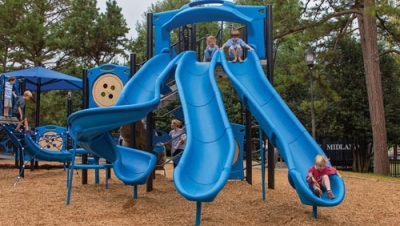

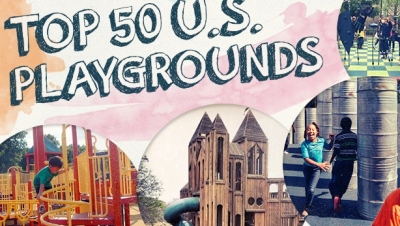





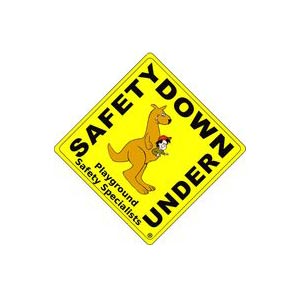
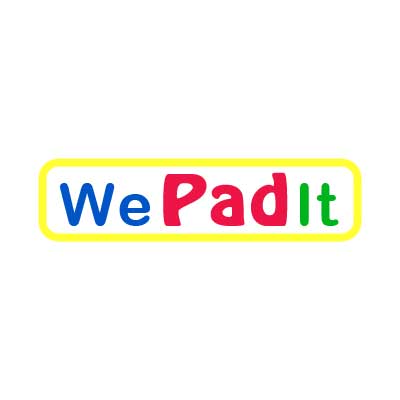
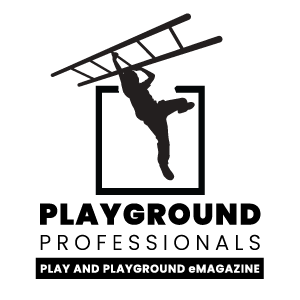
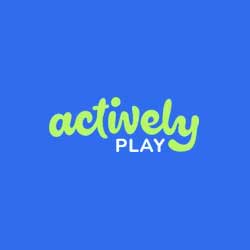
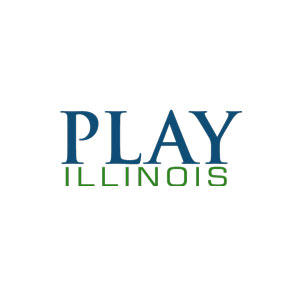
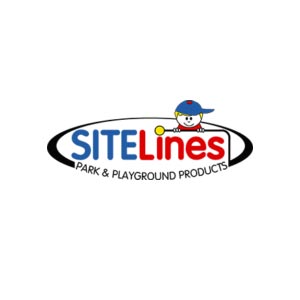

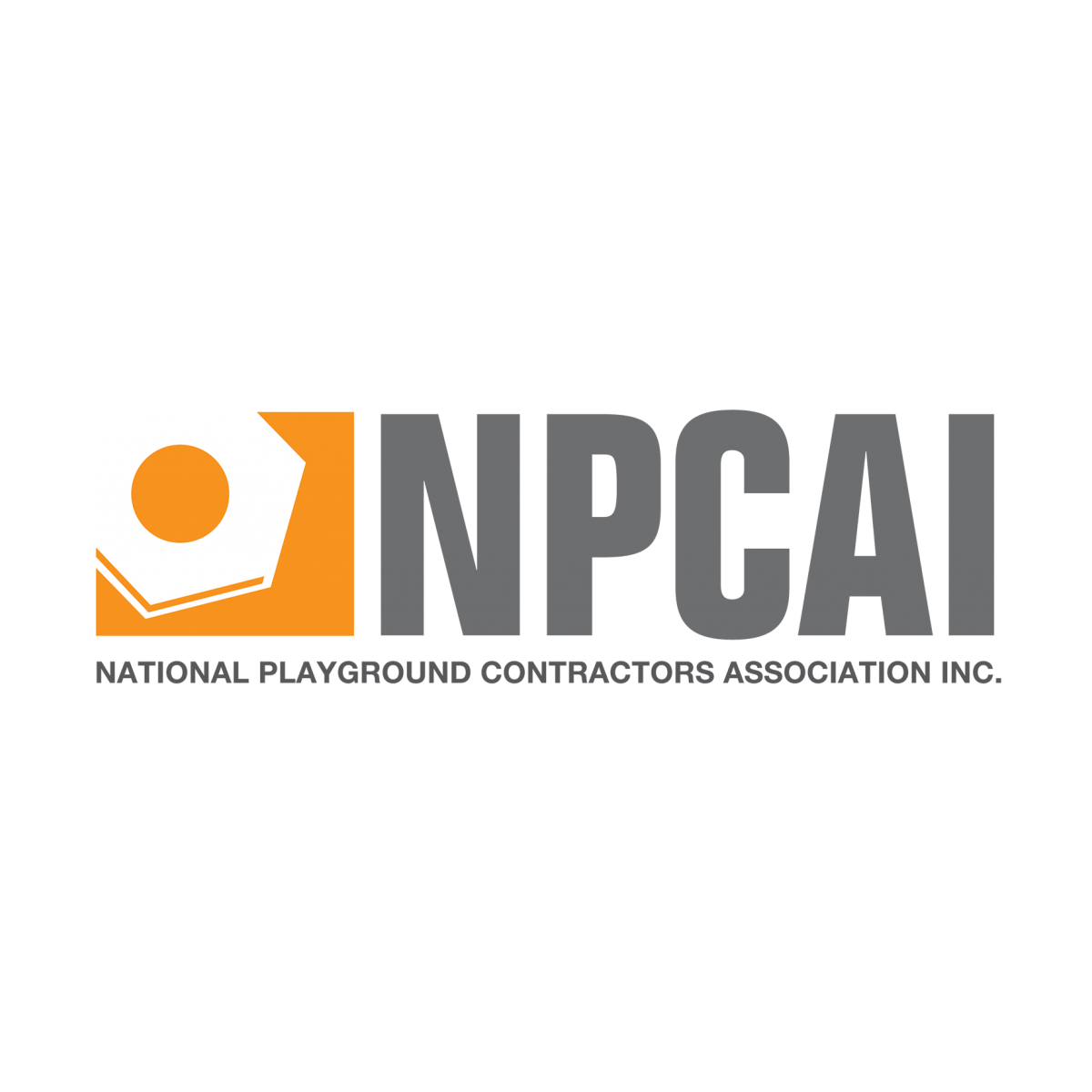
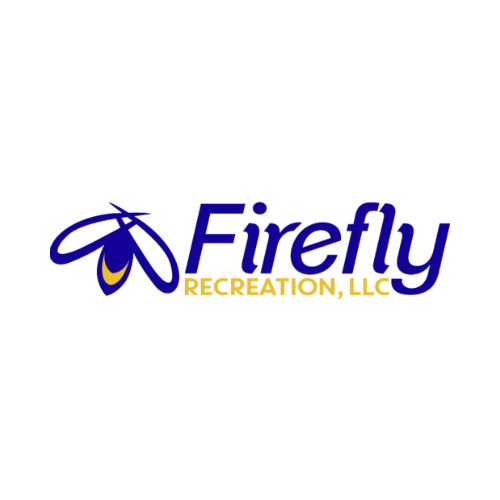
Add new comment